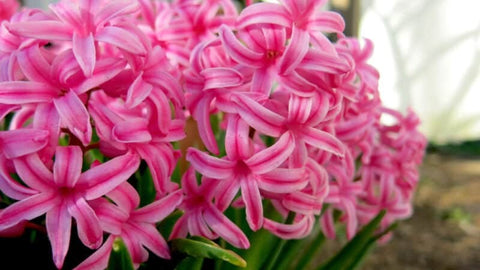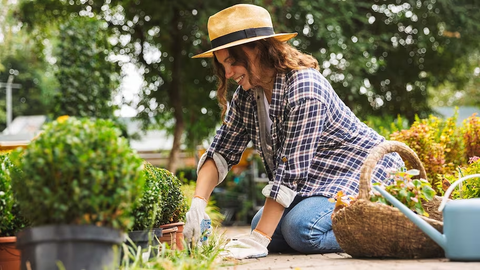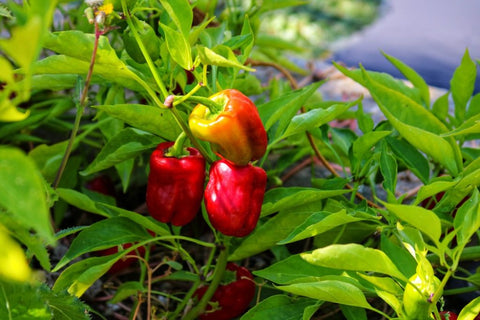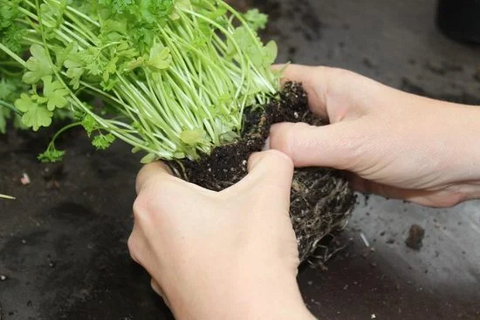Gardening is a hobby. As a beginner, you like to start a garden. But you don't know much about gardening. That's why you search for "Things to know before you start your garden" on a search engine. You're right. This article is written for beginners or anyone who wants to know the five most important things to do before starting gardening.The following content also has some reference value for raised garden beds.

Introduction to gardening
Creating a home garden, garden, vegetable garden, orchard or garden is more about the good growth of plants and the appearance of things. According to some examples, some plants can secrete substances that may restrict the growth of other plants, while tall plants may overcover shorter plants. In addition, plants in the same family attract the same insects and need to be replaced every year.
Suppose all the POTS or space, soil and nutrients seem overwhelming, and there are many sharp things in the garden; It's good for you. However, to overcome initial impressions, gardening is as attractive and fun as it seems.
The magic of gardening is that you can decorate your green space with any color you think is worthy, as you can grow many wonderful plants, flowers, vegetables or fruits.

If you grow vegetables in your garden, these plants will be eaten by you and your family. Sometimes you can give them to your friends. Therefore, having a garden is really more valuable than a beautiful natural space. So if you haven't considered organic gardening before, you may want to consider some good knowledge.
If you are more interested in gardening, we warmly welcome you to visit us. If you want to get the most beautiful advantage out of your garden, there are a few things you should consider first.
5 things to know before You start gardening
Here are some important things you must consider to create a surprisingly beautiful and rewarding garden.
- Choose the type of plant that is best for planting.
Some people like to sprout salads in their gardens. Others may prefer to transform the yard with beautiful flowers. However, most people prefer to grow flowers, vegetables and fruits in their garden as an integrated solution. First, you should know your purpose, which will lead to choosing the plants you will grow on your land.
If you like garden food, think about what you like to cook and eat the most. If you don't like carrots or melons, there's no need to grow that fruit or vegetable. Grow vegetables or fruits that you think are delicious. Another simple thing to keep in mind is the space and sunlight conditions that you can control. Start thinking about whether your gardening is on the ground or in POTS, how much sunlight the area receives each day, and whether it provides some sunlight.
Your free time in the garden is also a major factor to consider. Since this is the kind of money you want to spend on gardening, plants require daily care, so you should be reasonable about how much time you can spend weeding and watering. In general, it is a wise idea to start small and learn the basics before choosing a major. If you want, you can optimize from there.
A quick way to test if a plant has enough water is to put your finger in the soil and make sure the surface of the soil is 2 to 3 inches wet. If you want to be mean to it, you'd better use a sprinkler or sprinkler when watering, because a lot of water dripping on the plants will kill them all at once.
Step 2: Water
Most plants like water very much. Plants are passionate about healthy living with water. The amount of water they need depends on several other factors. Hot, dry air can absorb water from soil and plants more quickly, so as temperatures rise, more water is needed.
The type of garden and soil conditions can also affect the amount of water the plants get. A reasonable green rule of thumb is that plants can cover an inch of land with water every week. It is much easier for plants to water once or twice a week than every day.

- Easy to use basic equipment.
However, there are many facilities and equipment in the modern world that can make your garden activities more convenient. But they don't need a lot of tools or a lot of investment. You don't need a comprehensive type of equipment to be a gardener, but gardeners need some basic types of equipment.
However, if you get its value, the fun of gardening is endless because it will make you more beautiful. The larger the area, the more resources may be required. One of the main reasons people are interested in gardening is its role in reducing food costs. Additional costs, including equipment, can backfire.
It is beneficial to have a shovel, a watering can, a shovel, a hoe, and a digging fork in the garden to place a raised bed.
But if you have limited space, start with the smallest and add as needed. Container garden is very easy
But if you have limited space, start with the smallest and add as needed. The container garden is easy to use. Basically, you'll need the following things, including containers, a small amount of basin soil, small spatula, and even a solid cooking spoon to create your container garden.
- It's time to put down roots and prepare to plant
Finally, it's time to start growing some plants in the garden. When you buy seeds or small plants, you will have the opportunity to purchase them and transplant them into your garden. Many vegetables and flowers are cheap and easy to make from seeds, so this is a more convenient and affordable option. In some cases, especially in practical situations, buy plants instead of seeds because when the growing season is short, it is difficult for plants to grow from seeds. In addition, some people have higher requirements for plants, which will make the garden look more attractive.
Most types of seeds can be planted in POTS and then transplanted outdoors, mixing two of the best seeds in the world. Planting instructions will depend on the crop being grown. Usually, the seed package will tell you what to remember. You can plant seeds in straight lines or geometric shapes to improve spatial efficiency. The depth of sowing depends on the type of plant. Then cover them with soil and water.
If you're using a starting plant, dig a hole wide enough to accommodate whatever plant you're transplanting so that the roots have plenty of room to grow. Gently wrap the soil around the roots so that the plant is at the same height to the ground as the plant in the pot. Be sure to water the soil after sowing or raising vegetables.
- Take care of your plants
When plants are growing, one of the biggest challenges is keeping weeds, pests and diseases from entering the greenhouse. Weeds are inevitable at some point, but that's okay because they won't pull out your plants. The best way is to remove them every week to prevent them from getting out of control.
Usually, weeds are easily dug out of the ground due to the weathering of the soil. A hoe is best for dry soil. Covering the soil with mulch or grass can help reduce weeds while retaining moisture. Some insects and diseases in the garden also threaten experienced gardeners. But a little preparation can solve a lot of problems.
Most of the pests and diseases that affect plant harm are more likely to occur when plants are under stress. As a result, adequate sunlight, water, and nutrients can minimize other gardening challenges. There are many natural ways to avoid and control pests and diseases in your garden, so you don't have to go the pesticide route.

conclusion
In addition to gorgeous and beautiful Spaces, gardening allows us to make precise gifts. It also helps to create a healthy mind, body and environment. Gardening often helps, from collecting oxygen to adding a little greenery.
This has many advantages. It is a perfect way to interact with nature and enjoy the fruits of nature for a long time. Therefore, the basic guidelines above will help you build your garden more fully. However, don't forget to maintain proper maintenance to maximize the utility and beauty of the garden.









